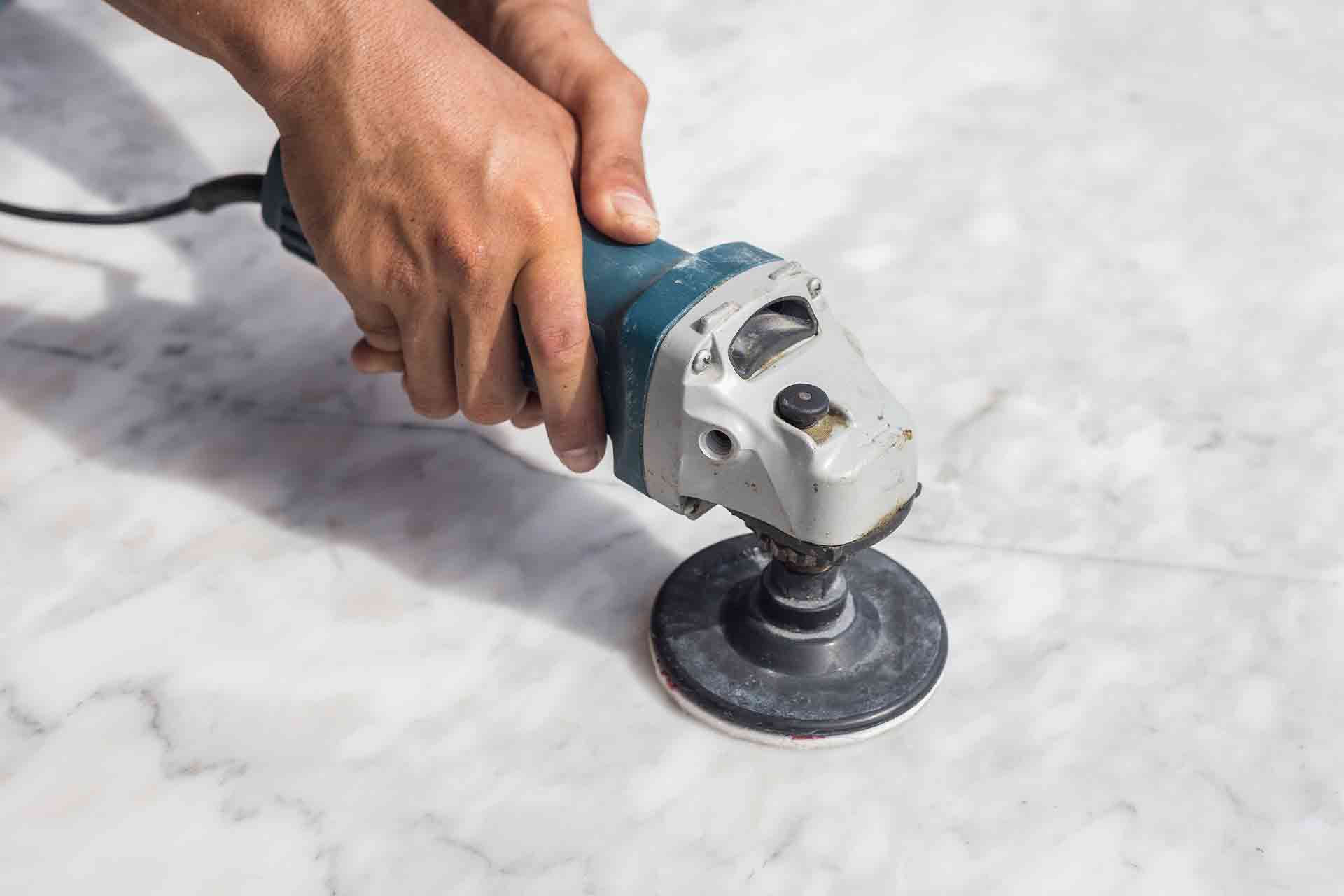Stone repair is an ancient practice which has evolved above centuries, preserving typically the beauty and integrity of natural natural stone surfaces in properties, public buildings, and historic landmarks. Through the majestic copy of ancient temples or wats to the beautiful marble floors associated with modern residences, rock has been some sort of favored material for its durability and aesthetic appeal. On the other hand, like all supplies, stone can falter to wear plus tear after some time, top rated to the need for careful recovery techniques which could boost its appearance in addition to extend its life expectancy.
On this comprehensive guidebook, we will check out the fascinating history of stone repair, highlighting its significance not only on maintaining residential spots but additionally in safe guarding our cultural history. Whether you're a new homeowner planning to rejuvenate your marble countertops or a preservationist involved in historical building restoration, understanding the benefits and even best practices of stone restoration is essential. We will delve into various aspects of the craft, including professional versus DIY methods, common mistakes to steer clear of, and practical tips for caring for different types of rock surfaces.
Understanding Stone Repair
Natural stone restoration is the process of cleanup, repairing, and protecting natural stone surface types to bring them back to their authentic beauty and efficiency. This practice may involve various methods for example polishing, closing, and repairing damage brought on by wear in addition to tear over period. Whether it’s marble countertops, limestone floors, or granite surface types, effective restoration will help conserve the aesthetic in addition to structural integrity of stone materials found in homes and community spaces.
Among the key benefits of stone refurbishment is its capacity to extend living of valuable stone surfaces, ultimately preserving homeowners money found in replacement costs. Standard maintenance and specialized restoration services may prevent irreversible destruction and enhance typically the natural beauty in the stone. This blend of art and scientific research requires a strong understanding of different stone types and repair techniques to achieve long-term results.
Furthermore, stone refurbishment is not just an essential practice for household settings but in addition takes on a crucial part in historic storage. Many historical complexes feature intricate stonework that requires mindful restoration to maintain their cultural importance. By employing skilled artisans and restoration specialists, communities may protect their architectural heritage, ensuring that these landmarks remain an important part of their record for future decades.

Specialist vs. DIY Refurbishment
Any time considering stone restoration, one of the particular fundamental decisions home owners face is whether or not to undertake the particular project themselves or hire an expert. DIY restoration can easily be a luring option for these who enjoy hands-on projects and wish to preserve money. There happen to be numerous resources obtainable, such as online tutorials and instructions, that can help to make basic tasks like cleaning and wrapping up more accessible. However, without having the right expertise and experience, men and women may inadvertently lead to damage or fall short to achieve the desired results.
On the other hand, specialist stone restoration services bring expertise and specialized tools that could significantly enhance typically the outcome of the repair process. Professionals have got a deep understanding of different rock types and their specific needs, which often allows them to take on issues like etching, scratching, and heavy staining effectively. Their particular experience may also guarantee that proper repair techniques are used, which is often especially significant for historical or valuable stone surface types.
Ultimately, the choice among professional and DIY restoration often depend upon which complexity of typically the project and the skill level of the individual. For minor maintenance tasks, such like routine cleaning in addition to sealing, DIY procedures may suffice. Nevertheless, for much more significant issues or projects requiring extensive restoration, engaging professionals can save time, ensure high-quality results, and preserve the integrity associated with the stone areas.
Upkeep Tips for Organic Natural stone
Maintaining natural stone surfaces is fundamental for preserving their very own beauty and durability. Regular cleaning is the first action; utilize a pH-neutral cleanser specifically designed for natural stone. Avoid acidic or perhaps abrasive products, because these can damage the stone’s finish. For daily upkeep, comfortable cloth or a microfiber mop works well to stop scratches in addition to remove dust plus dirt. Be sure to address spills immediately to avoid staining, especially on porous stones such as marble and limestone.
Closing is another critical element of stone servicing. Depending on typically the kind of stone in addition to the quantity of site visitors it receives, re-sealing every six to twelve months will help protect against staining and etching. This creates a hurdle that guards against moisture and dirt. Always check the particular manufacturer’s recommendations for the most effective sealants to use and stick to the application guidelines carefully for optimum results.
Lastly, consider putting into action a routine examination of your stone surfaces for virtually any signs of use or damage. Look for chips, cracks, or dull areas which may need attention. Go to this site allows regarding easier repairs in addition to helps avoid more extensive restoration function in the potential. Keeping track of the issue of your all-natural stone will make sure it remains the beautiful and useful part of your property for years to come.
